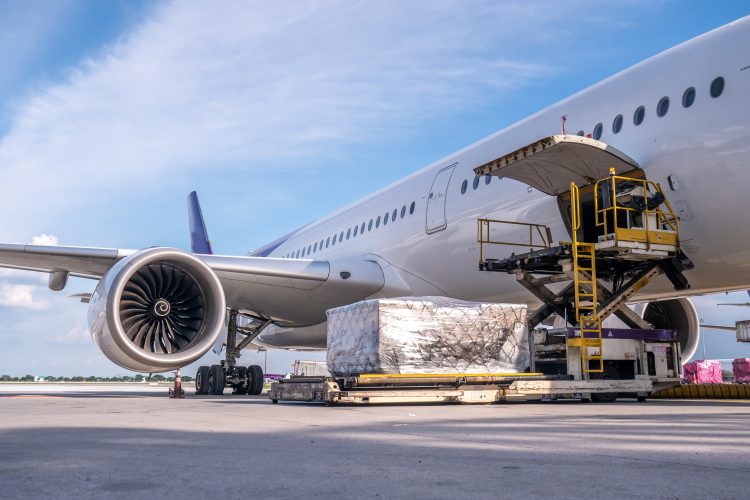
This substantial growth is notable within the broader context of the global air cargo market, where other regions have also reported increases but not at the scale seen in the Middle East. For example, European carriers reported a 13.7% growth in demand, with the Europe-Asia route seeing a 17.9% increase. Meanwhile, North American carriers saw a more modest 8.7% rise, affected partly by disruptions such as flight cancellations and airport closures related to severe weather conditions in the Caribbean and the United States.
The demand for air cargo in the Middle East has been bolstered by several factors, including the region’s strategic location, which serves as a key hub connecting major global trade routes. The Middle East-Europe and Middle East-Asia corridors, in particular, have benefited from increased economic activity and a recovery in global trade.
Despite the impressive demand growth, capacity increases have been more subdued. Middle Eastern airlines reported a 4.4% year-on-year rise in capacity in July, reflecting a cautious approach to scaling up operations. This conservative capacity expansion contrasts with other regions, such as Africa, where capacity grew by 10.5% in response to a 6.2% increase in demand.
Overall, the air cargo sector remains a critical component of the global supply chain, and the Middle East’s strong performance underscores its growing importance as a vital logistics hub. As global trade continues to recover, Middle Eastern carriers are well-positioned to capitalize on the sustained demand for air cargo, driven by their strategic positioning and robust trade lanes.
This growth trajectory is expected to continue, supported by ongoing investments in infrastructure and the region’s ability to adapt to shifting global trade dynamics.
